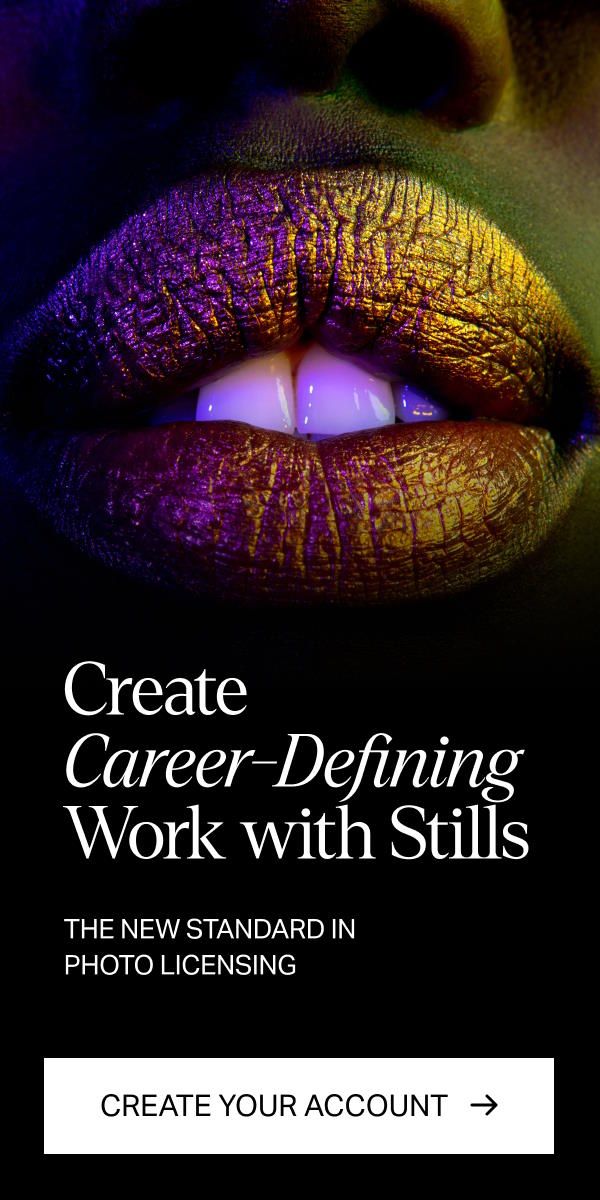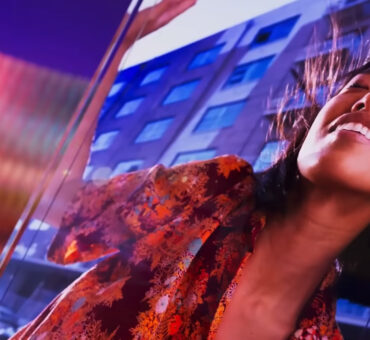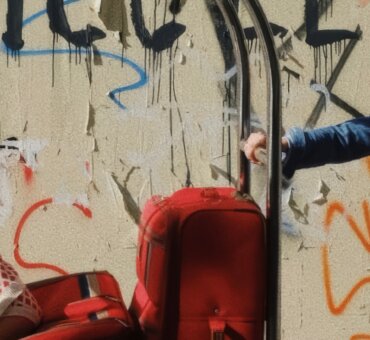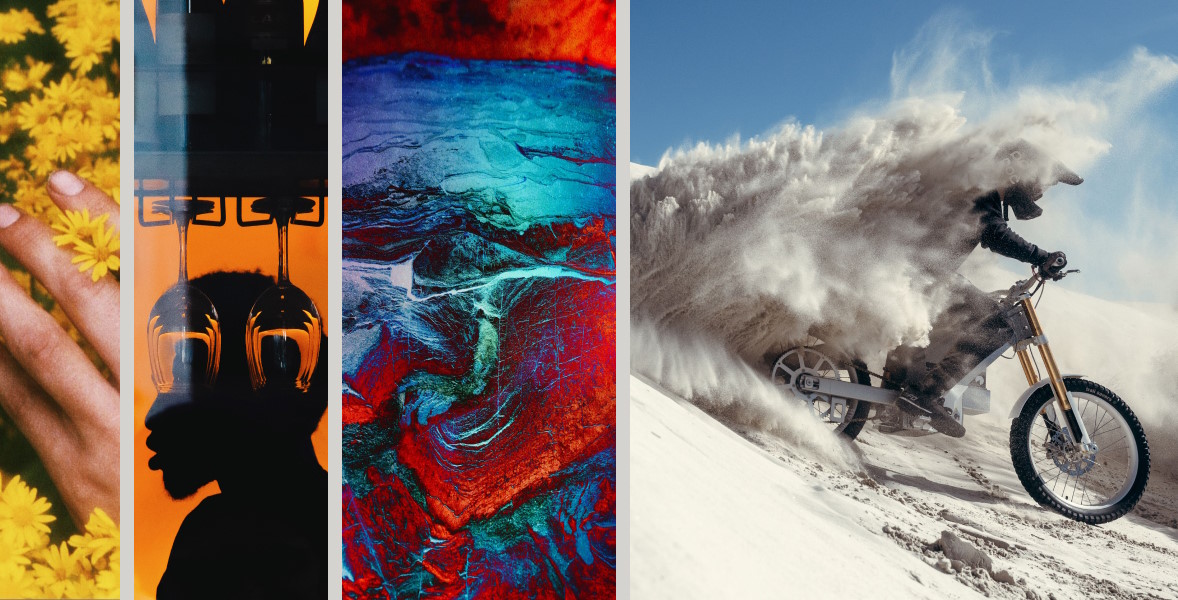“A picture is worth a thousand words.”
It’s a cliché that almost everyone has heard.
And in most cases, it’s true. In other cases, a single image is so loud that words can’t even compete.
This used to be a thing in journalism only—captivating images of Mother Nature, gut-wrenching images of war—these things we see in the news are perfect examples of images speaking louder than words.
In modern digital media and the many aspects of it, like marketing, advertising, and such, powerful images also play a role. Pictures speak louder than words, and today’s consumerism is driven by emotions. Solid images are effective tools for communicating these emotions with your audience. It’s also an effective tool for inspiring them to take action. This is why designers and creative directors should invest more energy and resources in visual storytelling.
Because why rely on words when images can convey so much more?
Here’s a tighter, clearer rewrite of your original passage:
“A picture is worth a thousand words.”
Yeah, it’s a cliché. But it’s true—sometimes an image hits harder than any quantifiable number of words ever could.
Not a thousand, not a million.
Photojournalists once used that visual power to tell the world’s most urgent stories. These were emotionally heavy stories that spoke of war zones, natural disasters, and historic moments. Now, creatives everywhere have learned to use that same method to capture feeling, spark connection, and make their work truly resonate.
They’re using it to speak from their heart to the hearts of others.
It’s because visual storytelling leads the way. It communicates clearly, inspires action, and creates moments that stay with your audience.
They let the image do the talking.
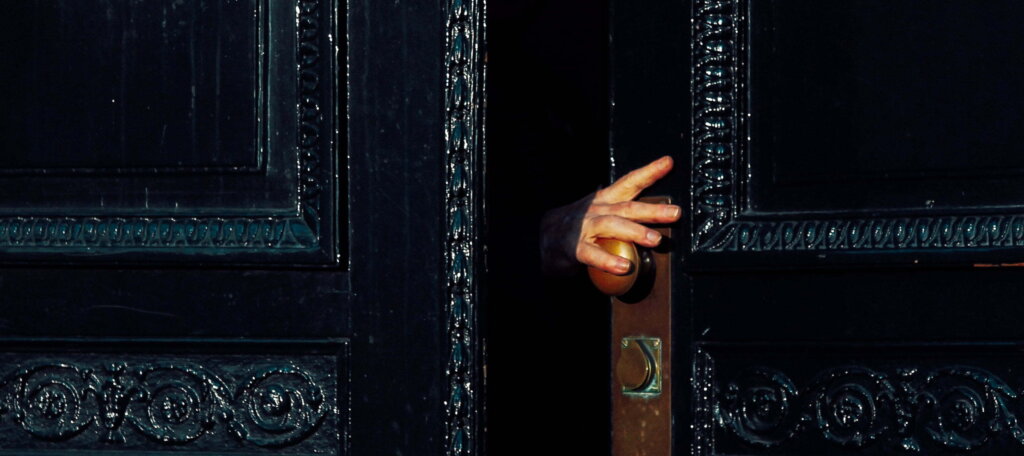
The Picture Superiority Effect
The picture superiority effect is a phenomenon wherein “pictures and images are more likely to be remembered than words.”
Many studies and experiments have been conducted on this effect, which is based on the notion that “human memory is extremely sensitive to the symbolic modality of presentation of event information.”
In other words, images tend to explain things better than words. This plays a vital role in advertising, and we’ve seen it in action time and time again.
Let’s dissect these two picture superiority effect examples:
Take Coca-Cola’s Share a Coke campaign that started in 2011.
The campaign was first released in Australia, where Coke removed its brand name, left parts of its logo, and swapped its brand name with 150 of the most popular names in Australia.
Coke was already a massive brand at the time. But the campaign gave Coke’s consumer base a more emotionally resonant experience with the name, making it feel more personal.
It wasn’t about Coca-Cola selling sodas anymore. Because of that logo change, it became about people connecting with people.
Another example is Ikea’s Second Best campaign, which broke the number one rule in advertising, which is to put the product in the spotlight. IKEA boldly decided to tell its consumers that sometimes, its products are just second best. But nothing nothing beats the time together and human contact between children and parents.
Not only is this ad done really well visually, but it also portrays the reality of what’s happening in homes between parents and children.
A survey from Venngage revealed that in 2021 and 2022, over 63% of businesses heavily relied on visuals as part of their content marketing strategy. 41% of their respondents also shared that they publish content with visuals 2-5x per week.

Words vs. Pictures
Needless to say, this doesn’t mean you just slap a photo in every piece of marketing collateral. People will remember images when they are relatable and authentic.
Gone are the days when photos had to be aesthetically precise all the time. Today, consumers want authenticity more than anything. To further that point, Forbes published an article that spoke to the need for what’s real. “Millennials and Gen Z (almost 140 million people) now prefer brands that are ‘real and organic’ as opposed to ‘perfect and well-packaged.'”
Jen Adamski, Director of Marketing for Magellan Promotions wrote, “With so much content vying for our attention, it’s crucial to find ways to make your brand memorable.”
She added that “humans are wired to respond to visual stimuli. By using images and videos to tell a story, you can connect with your audience on an emotional level, making your brand more relatable and memorable.”

Do People Think in Words or Pictures?
From a psychological standpoint, images have more weight than words. People think in pictures, mainly because of their power to make things easily understandable.
American psychologist Mark Travers, Ph. D., discusses the eye-brain connection as something that shapes our decisions, including what we purchase.
He points out that “recognizing this untapped power of our gaze can provide valuable insights into understanding consumer behavior and decision-making processes.”
This means that it’s vital for marketing and advertising companies to maximize visuals. Visuals don’t just make things pretty; they’re also a tool that communicates better than words.
Pictures Speak Louder Than Words
Let’s go back to IKEA’s “Second Best” campaign. Why is that campaign so significant?
Aside from the fact that IKEA chose to exclude their products from the spotlight, they highlighted something even more important:
Tender, everyday moments between parents and children. From brushing teeth to feeding time, the message was clear: nothing beats time with your kids.
The authenticity of those visuals made the brand feel more human, more relatable.
Job portal PNet.co.za also nailed their visuals when they published a series that proved images speak louder than words.
Their print campaign visually depicted the feelings of people unhappy with their jobs, which isn’t always easy to put into words.
You can keep saying, “I hate my job,” but how does that look, really? This print ad shows it perfectly.
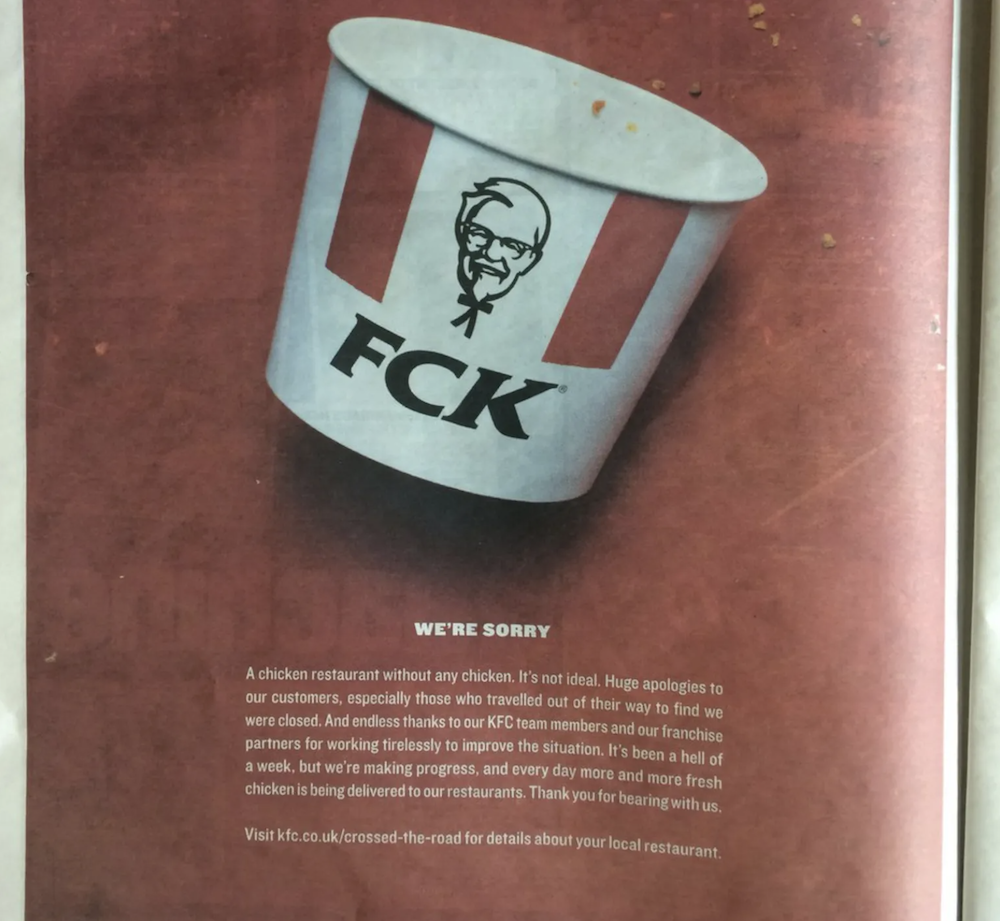
KFC’s chicken crisis in 2018 was a great chance for creative directors to showcase sympathy.
Part of the ad, KFC wrote, “A chicken restaurant without any chicken. It’s not ideal. Huge apologies to our customers,” which is not bad for words.
But the folks who designed the FKC ad showed that the apologetic brand sympathized and, like its customers, was also unhappy that it didn’t have chicken.
It was like KFC was saying, “Yeah, we feel you.”
How do you select powerful images to incorporate into your brand’s visual efforts?
- Seek authenticity: Nothing beats authenticity. Beyond the pretty lighting and cute props, this is what every designer, marketer, and creative director aspires for.
- Diversity: Another important aspect is diversity. Chances are, your consumer base isn’t made up of one specific demographic, and your visuals shouldn’t be either. Make it as inclusive as possible.
- Storytelling: Choose images with solid storytelling and images that evoke emotions. Loud, popping colors are great, but nothing beats good composition.
- Images that break the rules: Think about IKEA. Images that break the rules are images that can capture the attention of your audience.

Tired of using bleak stock images?
Try Stills, a photo licensing platform for exceptional designers.
The New Standard in Photo Licensing
Final Thoughts
Words matter, for sure. You are reading this because words matter. However, we cannot erase the fact that images and photography can sometimes have more weight than words.
This is the reason why creative directors are leading their teams to produce more image-heavy marketing materials.
This is the reason why organizations continue to study the relationship between images and consumerism.
The demand for quality images rooted in authenticity, diversity, and story is at a high. And Stills is dedicated to meeting that demand with work from amazing photographers and showcasing only highly curated visuals.
The question now is, are you ready to step into the wild side and dare to test the power of images?
License the cover image via Elliot Simpson

